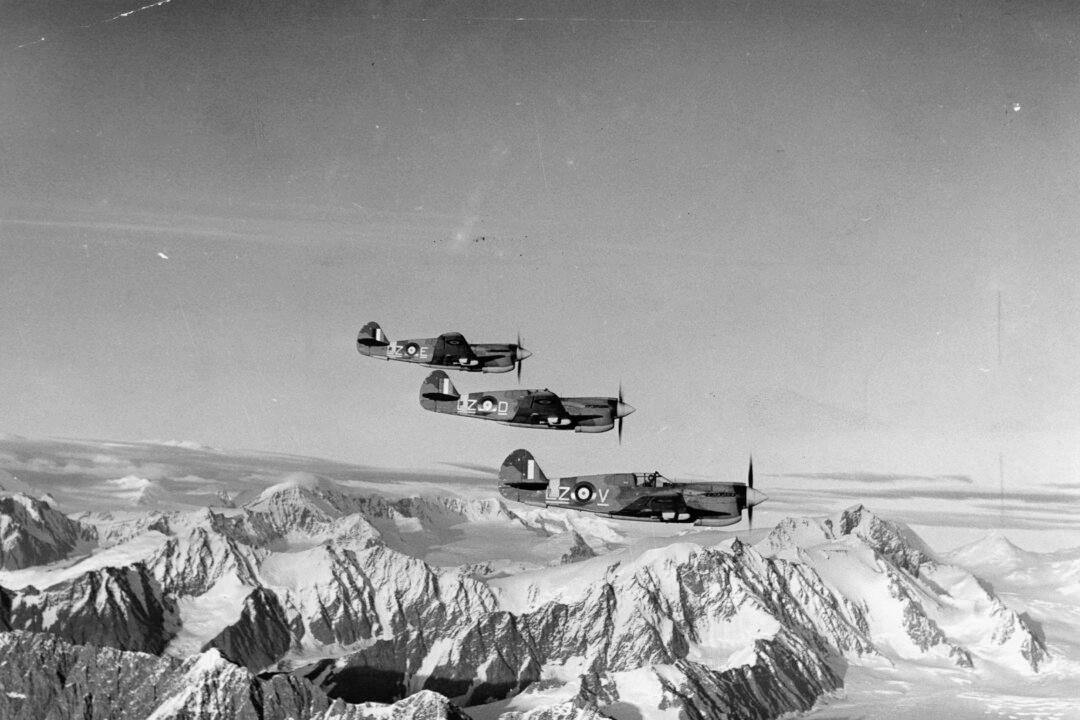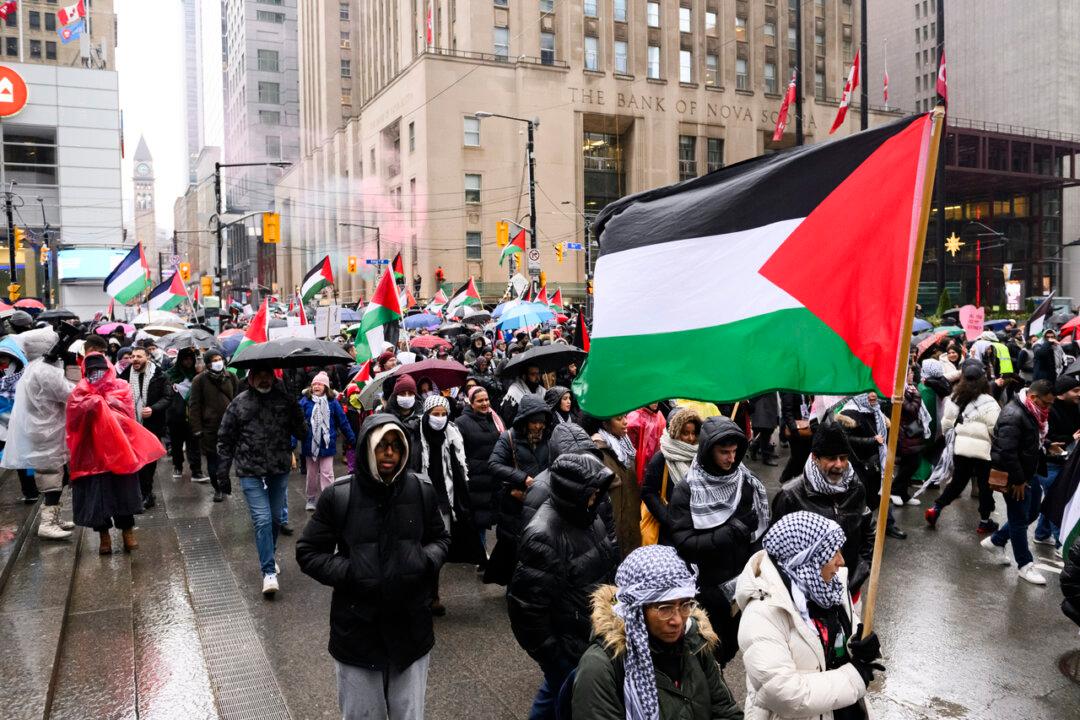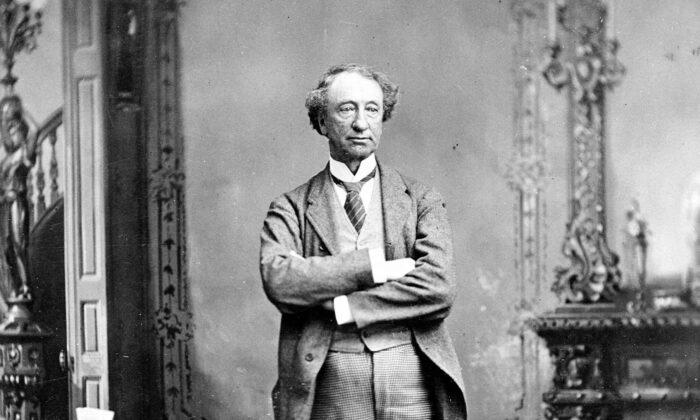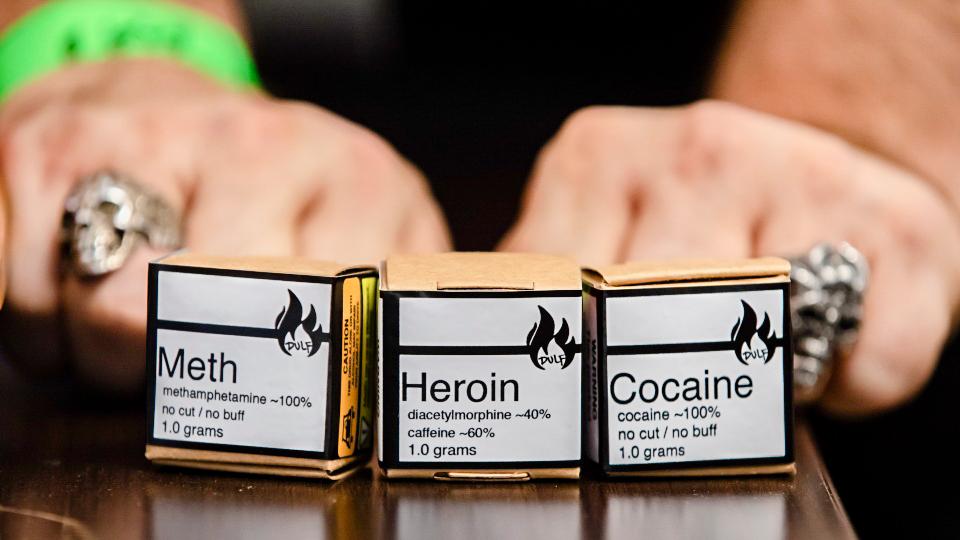As the Royal Canadian Air Force (RCAF) turns 100 years old in 2024, Canada is celebrating the history of the country’s national air force. It has defended and served Canadians at home and abroad through World War II to more recent events and commitments in regions from Afghanistan to the Arctic.
Prime Minister Justin Trudeau
commemorated the 100th anniversary saying, “In times of war and peace, members of the RCAF have shown unwavering courage.” He said World War II marked the first significant challenge for the force, “with over 200,000 Canadians joining the Air Force to fight against tyranny and fascism.”
Mr. Trudeau also highlighted the rescue work and disaster relief efforts done by the force in recent years. In addition, he spoke of the federal government’s $44 billion investment over the past 16 months to provide 138 new or refurbished aircraft for the RCAF.
NDP) critic for national defence Lindsay Mathyssen
praised the RCAF for its role in World War II in a statement marking the 100th anniversary. At the same time, she criticized what she and her party labelled “an unprecedented recruitment and retention crisis” across the Canadian Armed Forces but especially the RCAF.
Ms. Mathyssen spoke out about a lack of adequate housing and support for the women who serve, their families, and those who support military members on bases through cooking, cleaning, and repairing.
The 100th anniversary comes after recent revelations by a New Brunswick food bank, located near Canada’s largest military base, that
dozens of active military personnel and their families are using its services due to rising living costs.
A Brief History of the RCAF
Formed on
April 1, 1924, the RCAF was initially not an independent organization but reported to the head of the Canadian Militia, the name of the Canadian Armed Forces at the time. It only fully became independent in November 1938, just a year prior to the outbreak of World War II.
Canada’s experience in air combat began, however, years earlier during World War I, although many of the Canadian flying aces of that conflict were attached to the precursor to the United Kingdom’s Royal Airforce (RAF), the Royal Flying Corps.
This included legendary pilot and fighting ace Captain Billy Bishop, the first Canadian airman to be
awarded the Victoria Cross, the highest medal awarded for gallantry in the face of the enemy in the Commonwealth.
Captain Bishop retired from the RAF at the end of 1918 then later returned to active service in 1939, joining the RCAF, after the breakout of World War II. He was given the substantive rank of air commodore and tasked with recruiting.
In August 1940, the RCAF saw its first battle as its No. 1 Squadron engaged the German Luftwaffe, with Flying Officer R.L. Edwards noted as the first Canadian killed in the Battle of Britain.
Throughout World War II, the RCAF played a major role alongside the British RAF and other allies in both the Battle of Britain and the D-Day landings in 1944. Its
42 squadrons fielded hundreds of aircraft, 39 of which participated in the combat operations at Normandy either on D-Day or during the subsequent campaign.
Thousands of RCAF members were serving in Canadian or other Commonwealth units on D-Day. Of the 23 Canadian airmen killed that day, seven served with RCAF squadrons and the others served with RAF squadrons and units.
Following the victory over Nazi Germany, the RCAF was deployed in conflicts during the
Cold War between the Soviet Union and Western democracies, including during the 1950s in Korea. The force was also an instrumental part of the creation of the North American Aerospace Defence Command (NORAD) alongside the United States in 1957.
In addition, the RCAF played a role in Arctic intelligence gathering in the event that the Soviet Union (USSR) may try and launch an attack on the United States from across the North Pole.
Just prior to the fall of the USSR in 1991, the RCAF was involved in the first Gulf War alongside the United States and other allies. But it would
not play a role in the second Gulf War in 2003, which led to the toppling of the regime of former Iraqi dictator Saddam Hussein.
The RCAF was heavily involved in Canada’s participation in the war in Afghanistan, as the air force was tasked with transporting troops as part of Operation Apollo in 2002,
flying more than 320 missions in the Arabian Gulf Region and logging over 1,800 flying hours.
The 429 “Bison” Transport Squadron was able to deliver 30,000 pounds of material to Kandahar despite rocket fire and small arms fire. It was a vital link for Canadian forces facing stiff resistance in the area, as a 2014 CTV report notes that many of Canada’s
158 casualties in Afghanistan occurred in and around the Kandahar area.
As part of the RCAF’s centennial celebrations, Veterans Affairs Canada has announced
various events throughout 2024, including an exhibit at the Royal Aviation Museum of Western Canada and events to mark the 80th anniversary of D-Day and the Battle of Normandy on June 6.







